My Vole Experiment
woodthrush
15 years ago
Related Stories
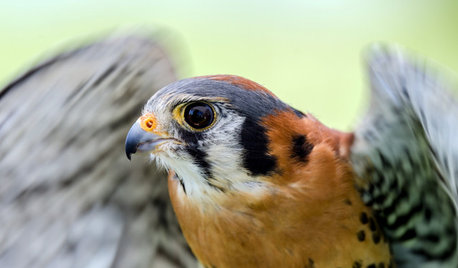
GARDENING GUIDESBackyard Birds: Create a Home for American Kestrels
These copper-colored birds of prey can be found throughout North and South America and often find habitats near human activity
Full Story
GARDENING GUIDESGarden Myths to Debunk as You Dig This Fall and Rest Over Winter
Termites hate wood mulch, don’t amend soil for trees, avoid gravel in planters — and more nuggets of garden wisdom
Full Story
LANDSCAPE DESIGNSee 5 Unexpected Ways to Use Vines
Vines can grow over slopes, trail off pergolas and add seasonal color to the garden
Full Story
GARDENING GUIDESOh, Deer! 10 Native Flowers That Stand Up to the Herds
Keeping a garden amid hungry deer can be hard, but these plants should fare well
Full Story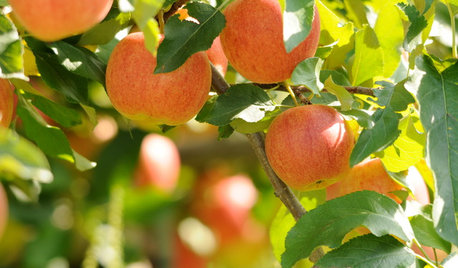
NORTHWEST GARDENINGPacific Northwest Gardener's March Checklist
Prepare for edible harvests and invite feathered friends to the garden — offering them slugs for lunch is entirely up to you
Full Story
MONTHLY HOME CHECKLISTSYour Checklist for Quick Houseguest Prep
Follow these steps to get your home ready in a hurry for overnight visitors
Full Story
EARTH DAYThe Case for Losing the Traditional Lawn
Work less, help the environment and foster connections by just saying no to typical turf
Full Story
LIFEHow to Outsmart Backyard Critters
Learn to think like a raccoon, skunk or squirrel to keep your home safe and your garden intact
Full Story
FALL GARDENING7 Reasons Not to Clean Up Your Fall Garden
Before you pluck and rake, consider wildlife, the health of your plants and your own right to relax
Full Story
LAWN ALTERNATIVESStop Fighting the Patchy Lawn!
Here are 3 situations where a garden may be a better idea than more turfgrass
Full Story






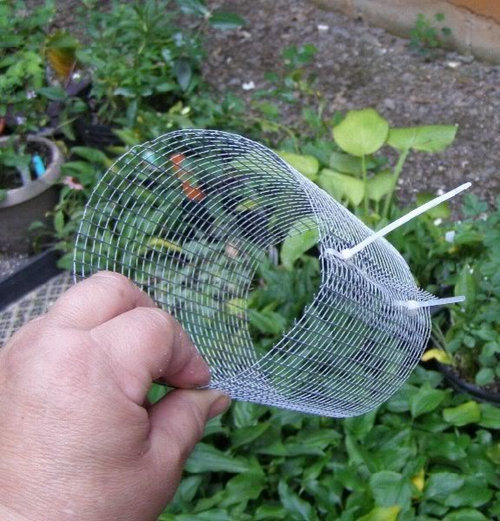
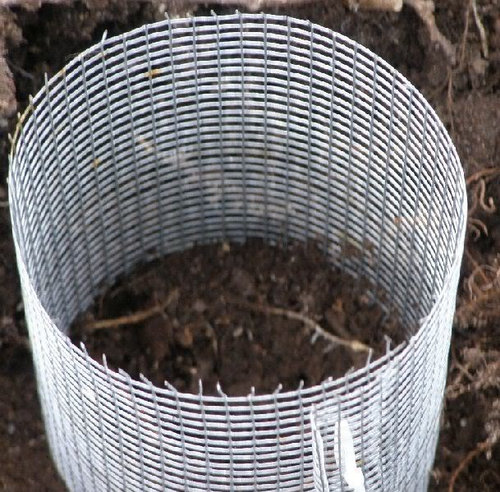
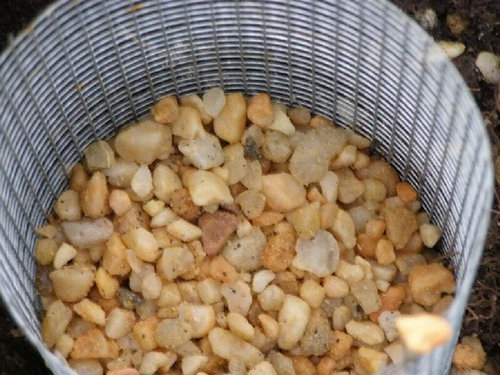
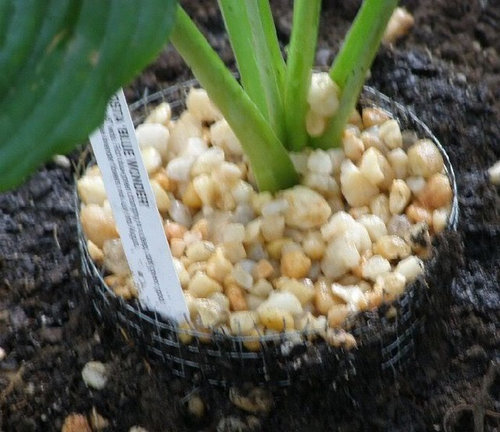

sassy7142
Janice
Related Professionals
Hartford Landscape Contractors · Norwood Landscape Contractors · Arlington Landscape Contractors · Ellicott City Landscape Contractors · New Braunfels Landscape Contractors · Oviedo Landscape Contractors · Pueblo West Landscape Contractors · Riverview Landscape Contractors · Weymouth Landscape Contractors · Madison Fence Contractors · Fountain Fence Contractors · Wake Forest Fence Contractors · Bel Air Solar Energy Systems · Belleville Solar Energy Systems · East Lake Solar Energy SystemswoodthrushOriginal Author
wildflower59
sue36
woodthrushOriginal Author
woodthrushOriginal Author
ken_adrian Adrian MI cold Z5
woodthrushOriginal Author
in ny zone5
User
woodthrushOriginal Author
gogirlterri